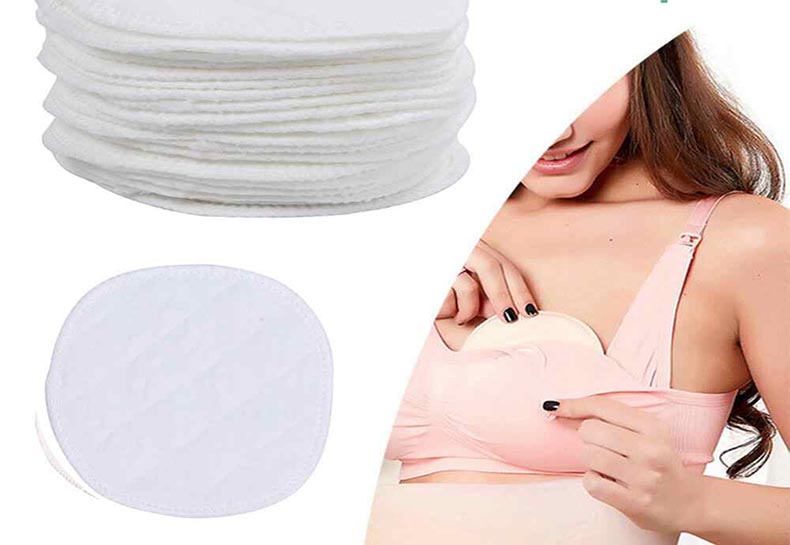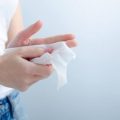Types of Nursing Breast Pad
Nursing pads, also known as breast pads, are very useful for breastfeeding necessities. Put in a regular bra or breast-feeding bra, they can absorb milk leaks from the breasts, avoid embarrassment, and prevent stains on clothing.
Leaking breast
Leaks are more common in the early stages of breastfeeding, and the supply of breast milk is adjusted to the baby's needs. You probably won't have a leak at all. You may have a few weeks where you leak urine, or you may manage it as long as you breastfeed your baby. It happens when you hear your baby cry when your breasts get really full when you're intimate with your partner, or for no reason at all. Here are some other reasons you may need a pad:
- When you get back to work
- At night when you are sleeping
- If you're going to be away from the kids for a few hours
- If you have an overabundant milk supply
- During the first few weeks of breastfeeding, when your milk first comes in

reusable nursing breast pad
Choosing the right nursing bra pad
Choose soft, absorbent pads made of cotton. They should allow your breasts to breathe, so don't use pads with waterproof or plastic pads as they can trap moisture on your skin. You should also change the pads when they get wet. Constant exposure to moisture in the breast can cause skin irritation and nipple pain, which can also create an environment that promotes yeast and bacteria growth, which can lead to infections such as thrush and mastitis.
Types of breast nursing pad
Breast pads come in different types, shapes, and sizes and can be used once or repeatedly. Some are held in place with strips of tape to prevent them from moving inside your bra, while others are shaped like your breasts.
- Disposable breastfeed pad: Disposable nursing pads are designed to be worn once and then discarded. They come in a variety of shapes and thicknesses, so you can try a few different brands and see which one you like best. Disposable pads are also good when you're out or traveling because you don't have to worry about washing them. But, over time, disposable items can be expensive because you have to keep buying new ones.
- Silicon pads: Silicone care pads do not absorb water. Instead, they apply slight pressure to the breast to prevent leakage. These pads are made of soft silicone with a sticky surface that can be attached directly to your breasts, so you can wear a bra or not. They are usually used in fancy clothes or for swimming.
- Reusable nursing pads: Reusable pads are more cost-effective because you can wear them, wash them, and reuse them. They're also environmentally friendly because you don't throw away multiple sanitary pads every day (they don't end up in landfills). You have to buy a couple of pairs because you need to change them often, and you need a couple of ready-made shoes when the other shoes are in the laundry.
- Homemade nursing pads: Pads can easily be made from a variety of objects. You can reduce disposable diapers or tampons to fit into your bra, use a handkerchief or other cotton material, fold it, put it in your breast, or if you know how to sew, you can put together several layers of absorbent material into a circle, or any other comfortable shape. When you make your own pads, avoid artificial materials. It's best to use 100% cotton, which absorbs leaks better and is soft for the skin.




